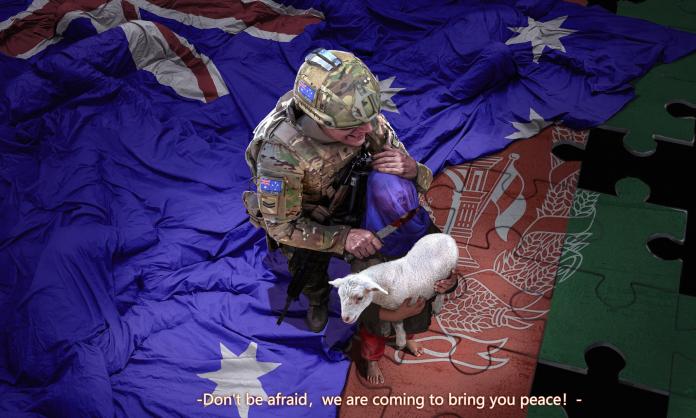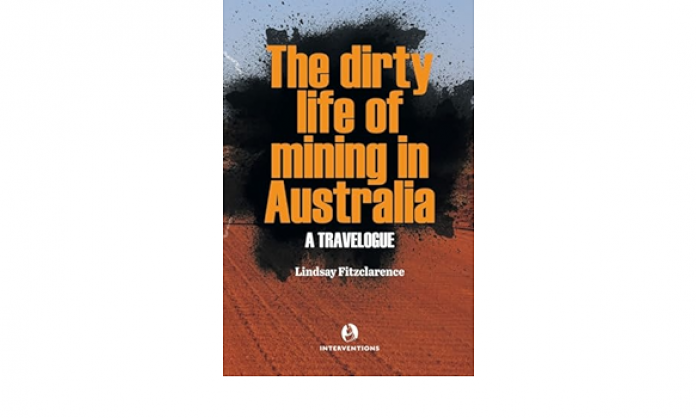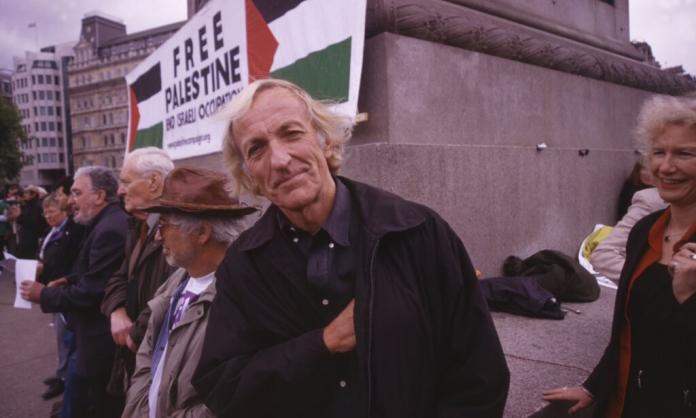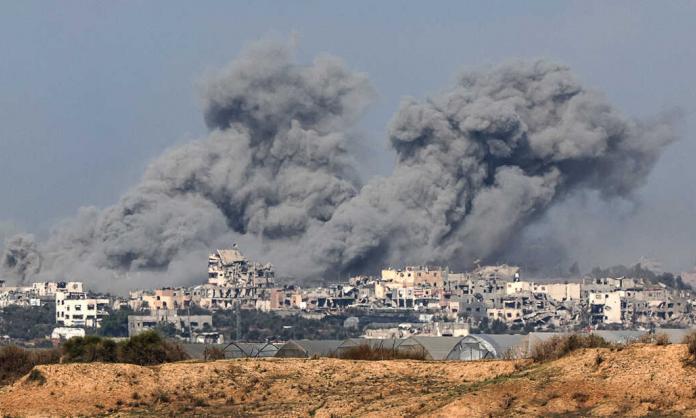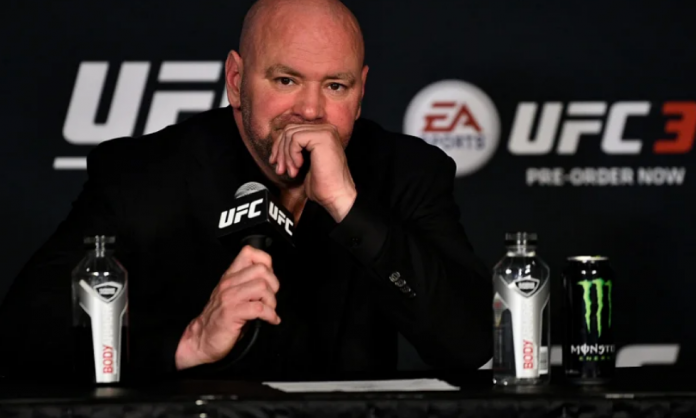In 1932, an artist and member of the German Communist Party produced a cover for Arbeiter-Illustrierte-Zeitung (Workers’ Pictorial Newspaper), the highest-circulating left-wing magazine in the country at the time. Titled The Meaning of the Hitler Salute: Little Man Asks for Big Gifts, the cover pictured Germany’s soon-to-be Führer making the Nazi salute. Behind him, a giant, faceless businessman was handing him a wad of cash. Captioned between the pair: “Motto: millions stand behind me!”
The implication that German capitalists were backing the Nazis was one of the many works that cemented the man behind the image, John Heartfield, as a staunch anti-fascist, renowned artist and an early pioneer of the artistic process known today as photomontage. Hitler was well known for his hatred of the “cultural Bolshevism” of modern art. And while his hatred of Heartfield forced the artist to flee Germany, it’s unknown whether he objected to being depicted accepting a bribe from a giant.
Almost half a century later, and on the other side of the world, Australian Labor Prime Minister Gough Whitlam was brought down in the Kerr coup by the governor-general and the conservative opposition leader Malcolm Fraser. In response to the period that preceded the coup, Wollongong-born artist Michael Callaghan produced the photomontage Give Fraser the Razor with the Earthworks Poster Collective.
The screen-printed poster depicts the man who overthrew Whitlam and oversaw a massive winding back of social gains. A straight razor is held to his throat, coupled with the double entendre: “Cut back the ruling class”. Famous for tapping into the working-class bitterness of the time, the posters were plastered about city streets, rather than in galleries. It is unclear if Fraser himself saw the poster of his violent predicament, let alone responded to it.
Not long after, the Sex Pistols released their infamous single God Save the Queen. The cover art, by Jamie Reid, is Queen Elizabeth’s mugshot with the single title pasted over her eyes and the band’s name covering her mouth, written in ransom-note-style letters. The song and image were considered by many as a vicious attack on the UK’s most famous parasite. Whether you thought the band was the embodiment of the country’s rage against the system or just closet Tories cashing in on a cultural phenomenon (they were probably a little of both), the single’s release marked a turning point in the history of music.
Not only did it make punk “cool”; it also became the soundtrack to the youth despair and nihilism of the mid-1970s as high unemployment and recession gripped the West. As Johnny Rotten, the lead vocalist, famously sang: “No future. No future for you”. It’s unlikely they were fans of the music genre, but the royals, to their credit, made no public denials of her majesty’s Patty Hearst-like kidnapping or of photos being taken against her will. Because it didn’t happen.
Thanks to the ease with which memes are generated today, photomontage is arguably more prevalent than at any other time in the past. And it is still being used to ridicule the powerful. Yet Scott Morrison is acting like he’s never heard of a political cartoon. This week, a photomontage of a grinning Australian soldier slitting the throat of an Afghan child—with further corpses buried under an Australian flag—was shared on Twitter by a Chinese Foreign Ministry spokesperson. Created by Beijing-based artist Fu Yu a.k.a. Qilin, it’s an unambiguous comment on SAS war crimes in Afghanistan. And the photo, more than the war crimes themselves, sent the prime minister and Australia’s media into fits of moral outrage.
The response could, in part, be a testament to the artist’s mad Photoshop skills. The image has been endlessly reported as “fake”, “doctored”, “fabricated” and other such adjectives, with many media outlets bizarrely blurring the face of the (not real) child hostage. At the time of writing, a news.com.au search of “Australian soldier fake” returns 103 results, whereas “Australian soldier art” returns only twenty. The falsification disclaimer is repeatedly offered, as if the whole world is incapable of telling the difference between a caricature and an actual photograph. Not to mention that occupying soldiers don’t generally drape their murdered victims in giant over-sized flags. The takeaway message appears to boil down to: China = bad. Australia = definitely not bad.
Fu Yu has been accused of being a “semi-official propaganda artist” for the Chinese state. It’s quite possible. He’s certainly no radical. Regardless, the Australian state remains a ruthless purveyor of violence with its own imperial interests. It’s also conceivable the artist is genuinely horrified—as many are—by the culture of Australia’s most elite killers. As the depths of the depravity of the SAS’s crimes begin to emerge, Scott “I stopped these” Morrison insists that Beijing should be “utterly ashamed” for sharing the “repugnant” image.
The left shouldn’t suggest the hands of Chinese capitalism are blood free. But that misses the point. Morrison and Co. are determined to divert attention from the outing of Australian-made war criminals. Shortly before his death in 1968, Heartfield stressed the urgency of anti-war activists mobilising internationally against our countries’ warmongers, because their side is forever mobilising. The same can be said of today.




